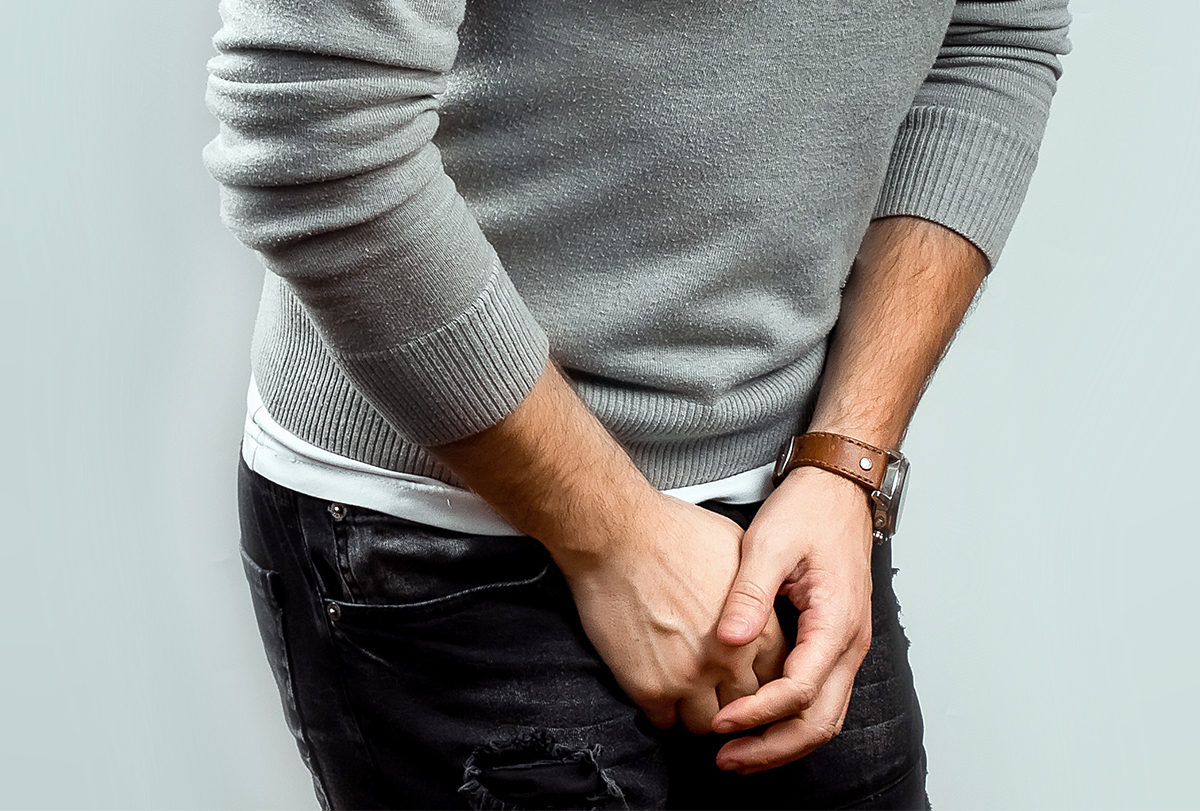

If you practice good hygiene, your chances of getting jock itch are low, but some people just seem to be prone to getting it. If you still have symptoms after two weeks, see your health care provider to discuss if you need further treatment with prescription creams or oral antifungal medications (medicines you take by mouth). After you shower, use a different towel to dry the groin, so you won’t spread the infection to other parts of your body.Wear loose clothing that won’t rub against the area.After washing the infected area with soap and water, dry the skin, apply the antifungal cream and spread it on the rash and extend beyond the boundaries of the rash. The fungus only affects the top layer of skin, so an over-the-counter antifungal cream usually clears it up. Jock itch is best treated by keeping the area clean and dry and applying an antifungal cream.
Pictures of jock itch skin#
They may want to take a small sample by gently scraping the skin surface to look at it under a microscope, but this is usually not necessary. Your health care provider will ask about your symptoms and look at the affected area.

Flaking, cracking or peeling of skin on your groin and inner thighs.Although anyone can get jock itch, some people are more likely to get it, including those who sweat a lot, those who live in larger bodies (or are overweight), those with diabetes, and those who have eczema. It’s called jock itch because male athletes commonly get it and it tends to be itchy. It is NOT a sexually transmitted infection (STI). Jock itch (medical name Tinea Cruris) is a skin infection in your groin caused by a fungus, most commonly Trichophyton rubrum that thrives in warm, moist areas.


 0 kommentar(er)
0 kommentar(er)
